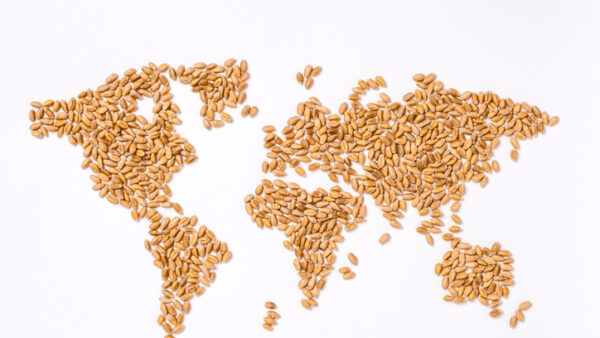Now is the Time for fruit and veggies
“Now that the president has signed First Lady Michelle Obama’s child nutrition bill into law, and with debate beginning in early 2011 on the next farm bill, now is the time for strong, vocal support in favor of aligning education and agricultural policy with food and nutrition policy… The need to create a nexus between education, agricultural and nutrition policy has never been greater. Farm and food policy should be linked more strongly with national health and nutrition goals. Data released by the Produce for Better Health Foundation warns that in order to close the fruit and vegetable consumption gap, the USDA needs to close its spending gap. Fruits and vegetables should account for 40 percent of a recommended daily diet, yet only 20 percent of what USDA spends on food initiatives is on fruits and vegetables. To put the USDA’s spending priorities in perspective, current subsidy allocations are:
Meat: 54.7 percent
Dairy (non-butter): 11.4 percent
Fruits and vegetables: 9.8 percent
What is important to remember is the status quo: Without realigning our spending priorities, America will continue to pay $56 billion a year for diet-related chronic diseases specifically due to low fruit and vegetable consumption.”—from an article by Elizabeth Pivonka, president and CEO of the Produce for Better Health Foundation, in the Sun Senital
Fierce Competition in the Ag-Retail Sector
Tray Thomas and The Context Network have studied recent changes in the ag-retail sector. Co-operatives have been declining in number, but the volume of business for those remaining is up significantly. They are unique competitors who each have a complex business mix, which typically includes a wide array of products representing various proportions of their businesses. For instance, on average $16 billion is petroleum, $11 billion is fertilizer and just $4 billion is seed.
Green Chemistry
Doug Root, senior scientist of biomass and renewable products at Minnesota’s Agricultural Utilization Research Institute, highlights the following exciting opportunities to use agricultural products in innovative, high-value applications:
• Sugar-Fermented Chemicals—All living things make succinic acid through natural sugar fermentation and the biomass-derived chemical is a potential alternative to petroleum-based chemicals.
• Ag-Fiber Composites—Ag-based materials are mixed with traditional or bio-based resins to make building materials, packaging and other biocomposite products.
• PLA—A polymer made through starch fermentation, polylactic acid is used in a wide variety of items such as cups, food packaging and clothing.
• Bacteria-Made Polymers—Feeding ag co-products to bacteria will produce polyhydroxy-alkanoates or PHA, a polymer that can be used in soaps, lotions, personal-care items and cleansers.
• Green Roofs—Soy polymers are being blended with agricultural fibers to produce rigid roof shingles. The bio-based materials are an alternative to petro-based shingles.
Water Woes
“The drought of 2011 will have a lasting impact on Texas agriculture,” says Travis Miller, AgriLife Extension agronomist, of the historic Texas drought that has led to a record $5.2 billion in agricultural losses, making it the most costly drought on record. The $5.2 billion in losses exceeds the previous record of $4.1 billion during the 2006 drought.
Surviving the Global Financial Crisis
“Worldwide production and consumption were at their highest levels in 2006-2007 and seed prices were escalating. However, in just one week in September 2008, over $144 billion was withdrawn from money market mutual funds in the United States, 20 times the normal rate in a period of uncertainty. The impact on seed orders and shipments was immediate. Many of my colleagues in the business saw sales and contracts for future delivery drop 35-50 percent. Inventory values also dropped immediately, and the value of future contracts came into question. Estimates of the drop in inventory values for Willamette Valley growers, producers and seed companies in 2008-2009 are $175-$200 million dollars. After three long and painful years, we are emerging from the GFC. We must employ the best new strategies we can implement in order to avoid a repeat of our recent painful and costly experience.”—Mike Baker, general manager, Pennington Seed, Inc. Oregon Division













